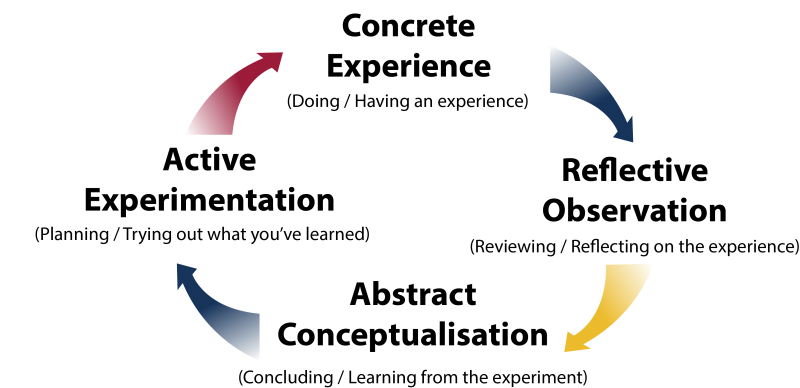
For readers without context, our learning design resource will be on the difference between different programming languages and which programming language first-time programmers should learn first.
This was the video that caught my attention when I searched the topic on YouTube.
What Programming Language Should I Learn First?
CS Dojo is a Vancouver-based YouTuber who teaches about fundamental computer science concepts as well as career tips. I liked the conciseness of his explanations and the clarity of his message through visual components. I think using this video complemented by a learning activity would be a good addition to our learning design resource.
Below are my answers to the blog prompt.
2. In what way are they likely to respond to the video on their own, e.g. make notes, do an activity, think about the topic (learner-generated)?
I think the learners are likely to make notes or make cognitive effort to process the information of the video. This is because the video is extremely concise (~5 minute) and provides point form information that is relevant to the viewers. Additionally, the video makes great use of diagrams to keep users engaged and make the concepts clear.
3. What activity could you suggest that they do, after they have watched the video (designed)? What type of knowledge or skill would that activity help develop? What medium or technology would students use to do the activity?
An activity we could suggest is to create an online assessment with multiple-choice questions and short written questions.
The multiple-choice questions would give hypothetical situations of different learners and which programming language would be most adequate for the hypothetical learner to learn first. This will help ensure that the learner has developed a clear concept of which programming language to learn depending on the context.
The short written answer part will ask the learner to write which programming language they should learn first and explain their reasoning. By asking the learner to think about which programming language best aligns with their interests, we can ensure that the learner understands their preference and identify which programming language they should learn first.
5. How much work for you would that activity cause? Would the work be both manageable and worthwhile? Could the activity be scaled for larger numbers of students?
The multiple-choice questions will be simple to set-up and assess automatically. It will give a meaningful output as learners have to interact with the questions and ensure they have the correct understanding of core concepts from the video. The feedback on the questions could be done automatically. As for the written question, it will undoubtedly be a meaningful activity, as the learner has to apply the concepts on themselves and identify which programming language is best for them. For the resource providers, the written questions are unsustainable because human moderators will have to manually assess each short answer and provide feedback.
6. How could the video have been designed to generate more or better activity from viewers or students?
The video did a great job of categorizing which programming languages are good for which tasks, however, it lacked the explanation of why certain programming languages are good for certain types of jobs. As a result, our activity is limited to only seeing if learners can match a programming language to a type of job, and not why a certain programming language is better for certain tasks. The video would’ve provided better activity from viewers had it spent more time explaining the rationale behind why certain programming languages are better for certain tasks.
Community Contribution
This week, I read blog posts from Alison and Zhefu




Recent Comments